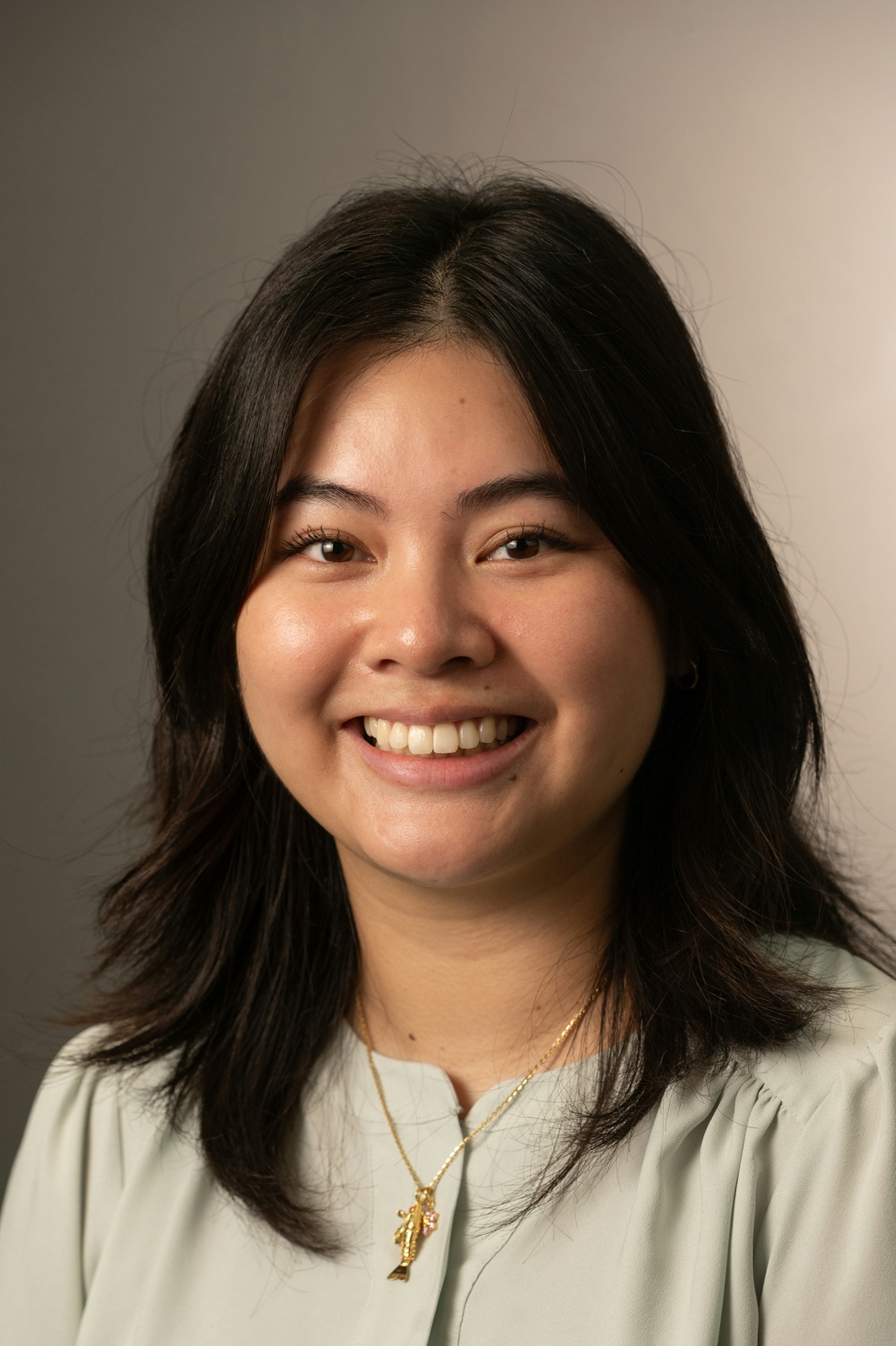References
- ^Geng J, Dong J, Ni H, Lee MS, Wu T, Jiang K, Wang G, Zhou AL, Malouf RGinseng for cognition.Cochrane Database Syst Rev.(2010-Dec-08)
- ^Park SH, Chung S, Chung MY, Choi HK, Hwang JT, Park JHEffects of on hyperglycemia, hypertension, and hyperlipidemia: A systematic review and meta-analysis.J Ginseng Res.(2022-Mar)
- ^de Andrade E, de Mesquita AA, Claro Jde A, de Andrade PM, Ortiz V, Paranhos M, Srougi MStudy of the efficacy of Korean Red Ginseng in the treatment of erectile dysfunctionAsian J Androl.(2007 Mar)









